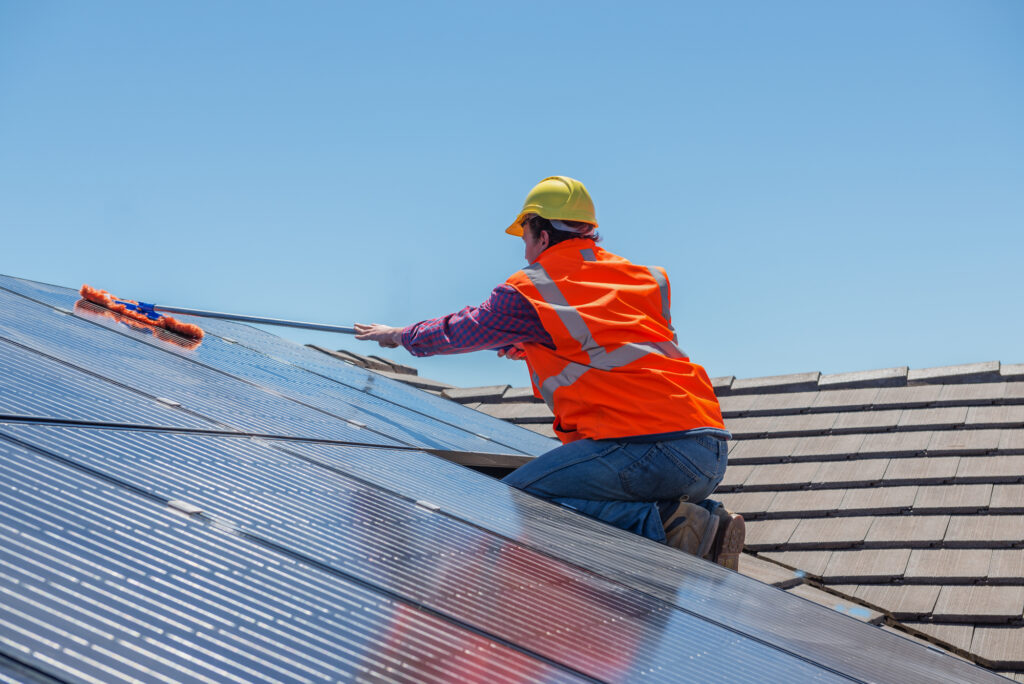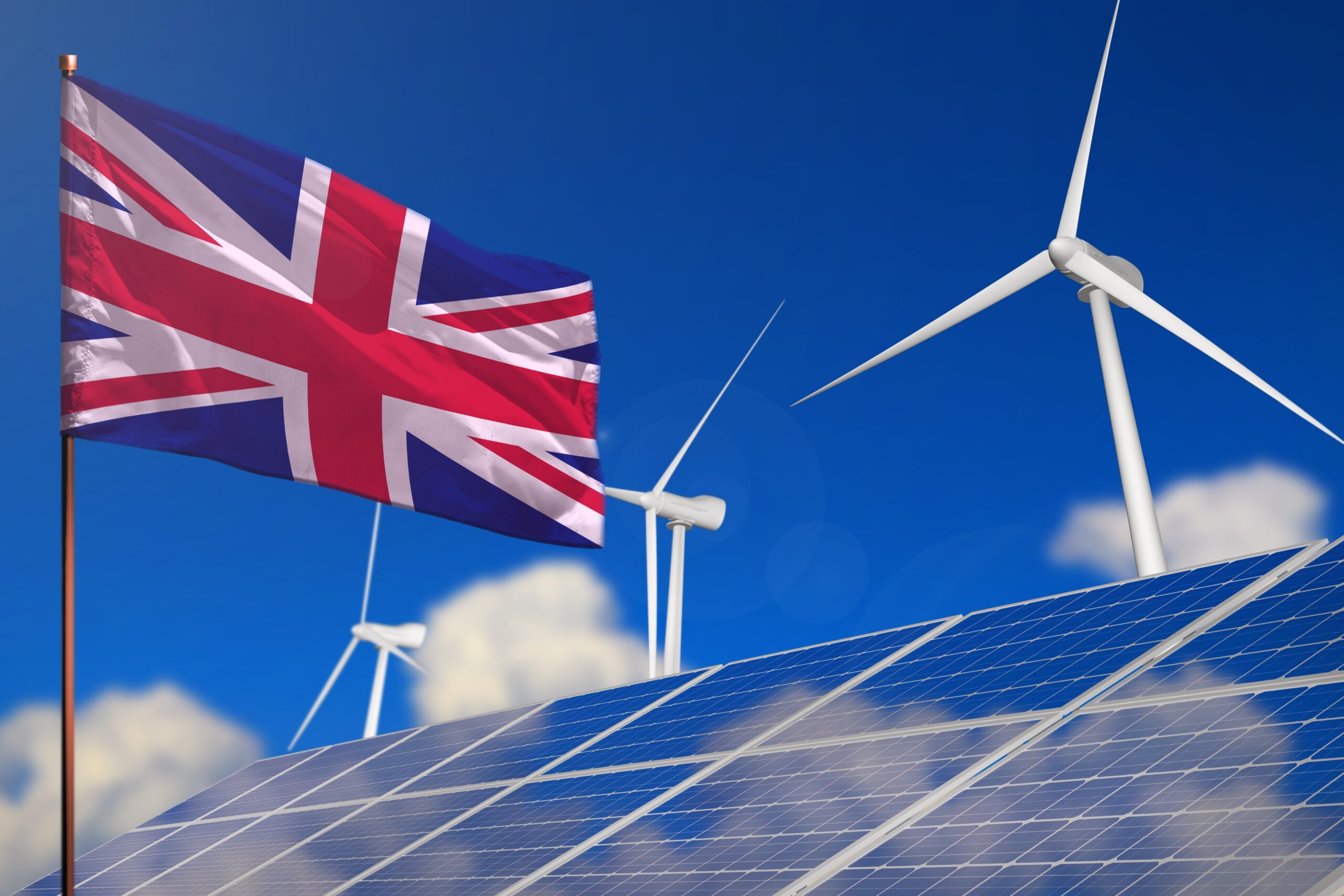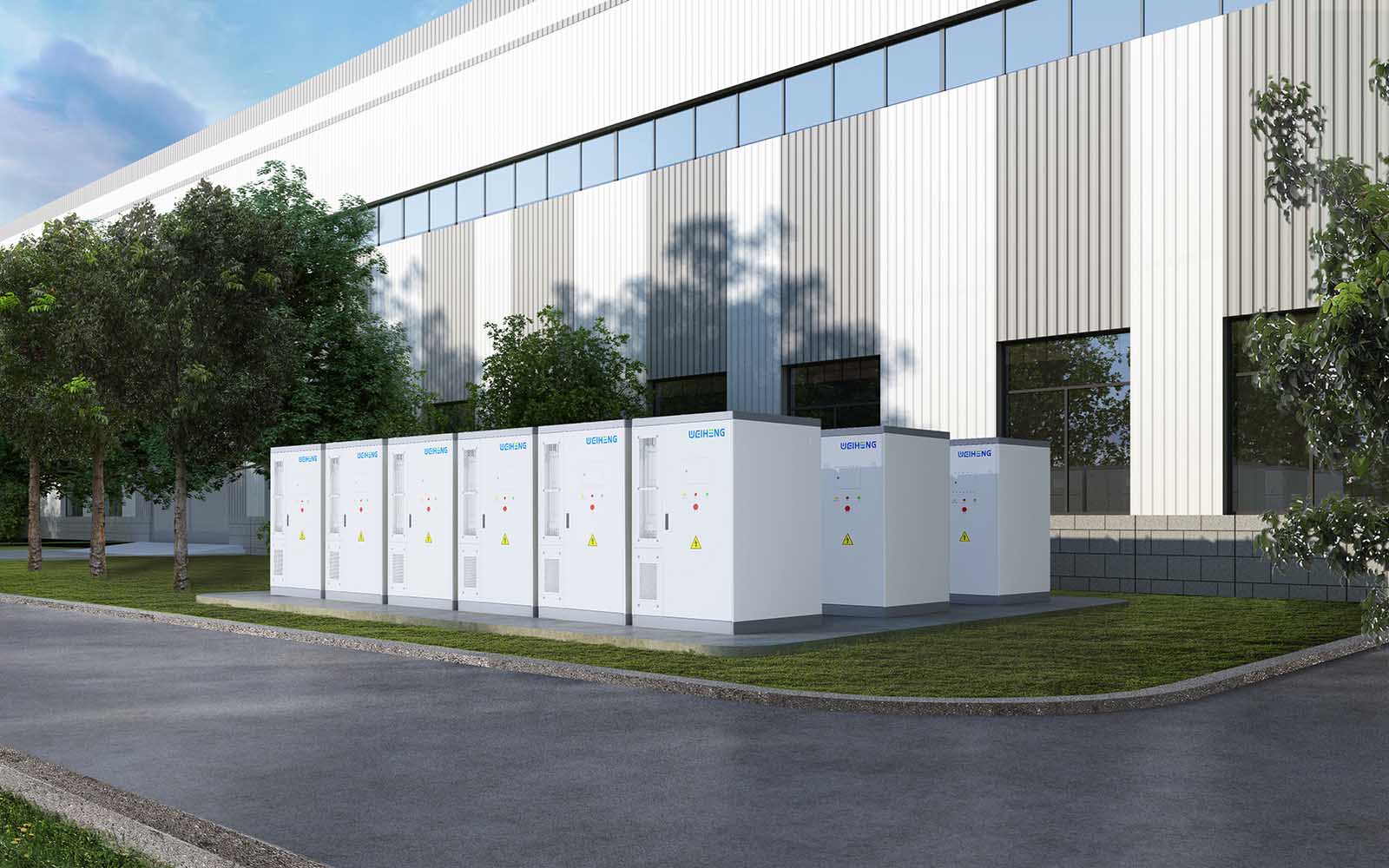
In our pursuit to build a sustainable future, we all have a role to play. At eCactus Solar UK, our mission is to empower you with renewable energy solutions such as Battery Energy Storage Systems. Today, we dig into some of the most common solar cell questions that are probably on your mind. Let’s demystify solar energy together.
How Do Solar Cells Work?
Solar cells, or photovoltaic cells as they’re also referred to as, are the fundamental component of using the sun’s energy for human use. Although it seems like magic, the underlying ideas of physics are all there. Understanding the photovoltaic effect—the process by which light is converted into electricity—is essential to comprehending how solar cells operate.
Photons included in sunlight will be absorbed by the solar cell. The energy carried by these photons stimulates electrons in the atoms of the material (usually silicon) of the PV cell. The movement brought upon by this electron excitation produces an electric current. Once caught, this electricity may be utilised to run your house or company.
The ease with which this procedure works—it requires no moving components or extra supplies after the panels are installed—is very amazing. Solar cells’ wonders have given us direct, clean energy.
What Are Solar Cells Made Of?
A common component of solar cells is silicon, a semi-conductive mineral found in plenty on Earth. Silicon was chosen with purpose, making good use of its qualities. With its outer shell containing four electrons instead of eight, silicon is a prime candidate to produce an electric current when exposed to sunlight.
Monocrystalline and polycrystalline silicon are the two varieties of silicon used most often in the generation of solar electricity. The single, pure crystal structure of monocrystalline silicon increases its efficiency in transforming sunlight into energy. Its market price is influenced by the fact that production is a little more expensive than that of its competitor.
Conversely, although it is more reasonably priced, polycrystalline silicon is less effective at turning sunlight into energy since it is not made up of single crystals. Both kinds, however, are essential to the growth and availability of solar energy and provide choices to suit a range of demands and financial constraints.
How Efficient Are Solar Cells?
When thinking about solar power efficiency is a critical consideration. Their effectiveness depends in part on the type of solar cell, the amount of sunshine, and the angle of incident light.
The average solar cell efficiency in the commercial sector is between 15 and 20 per cent. Even coal-fired power plants have an efficiency rate of just around 33%, hence while this may seem little, keep in mind.
Improved solar cell efficiency is a constant goal of the dynamic area of solar energy research. Panels with efficiencies above 20% are already available from top solar manufacturers, and in laboratory conditions, experimental designs have achieved efficiencies exceeding 40%.
Your solar system’s actual efficiency, nevertheless, goes beyond the capacity of the individual cells. Important installation issues in actual situations include orientation, tilt, shade, and local climate. It’s about customising the system to your unique situation to maximise your solar profits.
How Long Do Solar Cells Last?
The durability and endurance of solar cells are among their main benefits. With their 25-year warranty, most manufacturers boldly declare their durability and long-term performance. However, a solar cell’s lifespan can go much beyond that guaranteed duration.
Solar cells may continue to work for 25 years, although, with time, their efficiency somewhat drops. Usually, this performance drop, or degradation, is rather little—between 0.5 and 1% annually. You should continue to anticipate that your solar panels will be generating a sizable quantity of power after 25 years.

The longevity of solar cells is mostly dependent on maintenance. Preventing any damage and ensuring the best functioning need routine cleaning and inspections. Your solar cells may produce clean, sustainable energy for far longer than their guarantee indicates with the right maintenance and thought.
Can Solar Cells Work on Cloudy Days?
Misconceptions regarding solar power include its reliance on bright, clear days. Though they may still create electricity on gloomy days, solar cells do best in direct, intense sunshine.
How on earth is that feasible? The way that solar panels function is by absorbing photons, or light particles. There are photons available for solar cells to transform into power even on a cloudy day. Because diffuse light is dispersed and may reach the solar cells from multiple angles, it can frequently boost solar panel efficiency on cloudy days.
Though the efficiency does decrease when compared to a bright day, diffuse or indirect sunlight may still be used by current solar cells. Solar power is therefore still a practical renewable energy source in colder climates.
Demystifying solar cells helps us appreciate this renewable energy wonder. Despite the complexities, understanding their operation, longevity, and efficiency empowers us to build a sustainable future.







